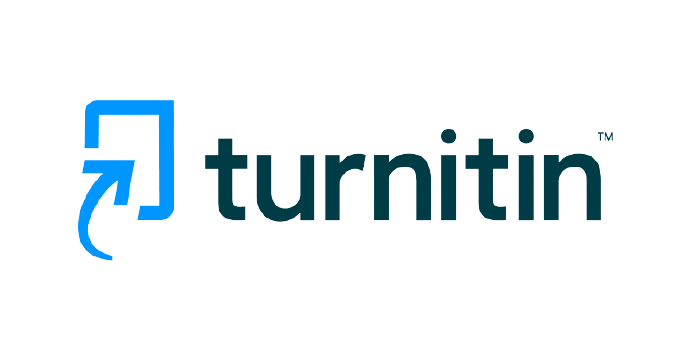PERMASALAHAN HUKUM PENGALIHAN RISIKO KREDIT SINDIKASI MELALUI INSTRUMEN CREDIT DERIVATIVE
DOI:
https://doi.org/10.33541/JtVol5Iss2pp102Abstract
The main function of a bank is as an institution that collects and distributes public funds. Credit is
the main activity of a bank's business to channel funds to the public. One legal basis for granting
credit is by agreeing on a credit agreement. In granting loans in a very large amount, then
usually the bank will provide syndicated loans. Lending is dedicated credit lending by involving
more than one bank, not only domestic banks but also by foreign banks. In providing syndicated
loans, it is common practice to transfer syndicated loans to other parties as stipulated in the
syndicated loan agreement. The transfer of syndicated loans to other parties is a right owned by
the creditor which is indispensable in order to avoid credit risks related to violations of the Legal
Lending Limit (BMPK) to debtors as well as to overcome the liquidation problems of banks
participating in the syndicated loan agreement. Credit Derivative (CD) is a financial instrument
by transferring some or all of the risk of debtor debt obligations from one party to another party.
The CD instrument was issued for the benefit of syndicated creditors in anticipation of default by
debtors. The CD instruments used in transferring syndicated credit risk include Credit Derviative
Swaps (CDS), Credit Linked Notes (CLN), Total Return Swaps (TRS) and Total Rate of Return
Swaps (TRORS).
Keywords: Credit Risk; Credit Derivative and Sydicated Loan.









